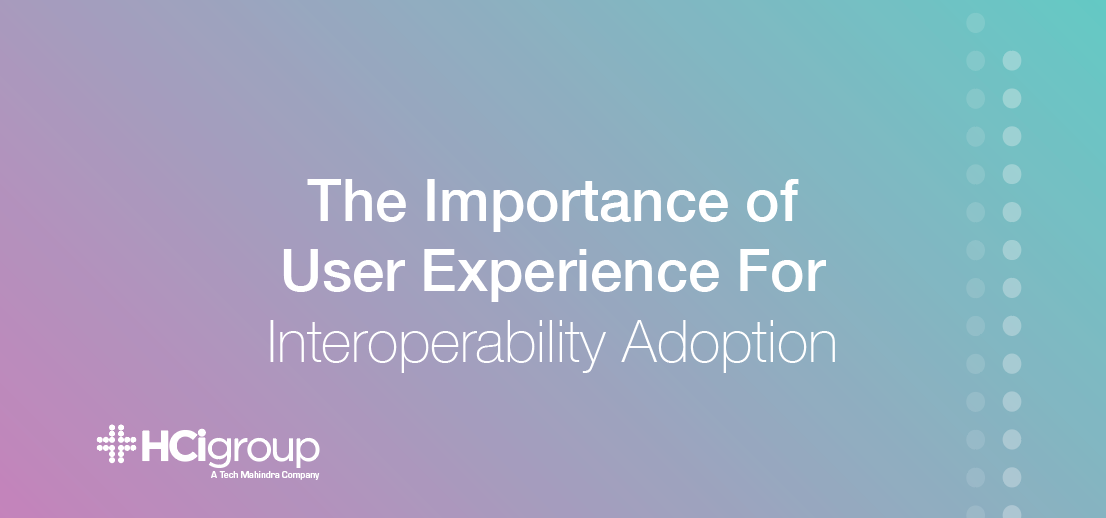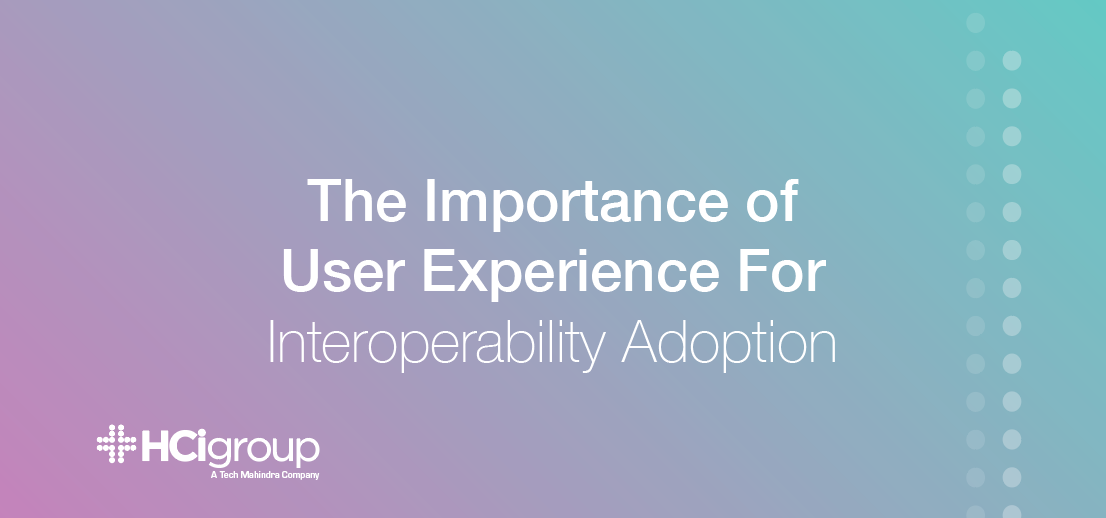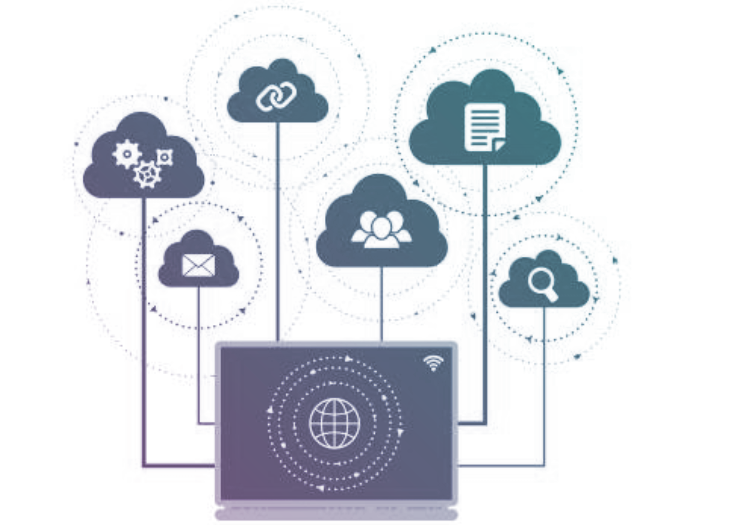The Importance of User Experience For Interoperability Adoption

 It may seem intuitive that the primary concern when it comes to systems interoperability for healthcare is the accuracy of data. Did all the information make it across, and did everything parse into the right place? And sure, that’s incredibly important. But an oft overlooked component for the success and reception of interoperability initiatives is user experience.
It may seem intuitive that the primary concern when it comes to systems interoperability for healthcare is the accuracy of data. Did all the information make it across, and did everything parse into the right place? And sure, that’s incredibly important. But an oft overlooked component for the success and reception of interoperability initiatives is user experience.
Considering that physicians and healthcare professionals are some of the toughest users one can encounter in the IT space -- given their pedigree, pace of work, and high expectations -- it’s vital to look at the workflow “ask” on these users before introducing new technology. Or, for that matter, to critically consider any change to their existing workflow, period.
User experience is the workflow, access event, and presentation of a given dataset to the end user. The goal is to make the user experience so flawless that it isn’t perceived as an experience at all. The information must be so valuable, and the process to attain it so smooth, that there is no objection to what is essentially unseen as an action asked of them.
We know very well that most technology is not this unassuming, nor well-received. It is our job and indeed the heavy lifting of our role in healthcare technology adoption and implementation to try to minimize speed bumps on the road to adoption. The lion’s share of the work invoked with an interoperability project is connecting several disparate systems to coalesce into a single (or at least pared down) view of a patient, disease, or whatever profile we’re targeting. Back end efforts aside, we know from our many years of experience and thousands of clients served, that we are dead in the water on getting an interoperability go-live off to a sustainable start if the user is met with unjustified burden and clunky workflows.

Getting Buy-In For Interoperability Initiatives - The “Hard Sell”
The assumed value of collaboration and condensed presentation inherent with interoperability can be a tough sell in some organizations, and we know that. But even assuming the advantage is understood and embraced, how a provider is expected to view or access the consolidated record is as important as their acceptance of the unified record as worth having. We can “sell” the relevance and prudence of a patient record that includes the breadth of info from connected public databases, local ambulatory facilities, and/or friendly healthcare systems that have agreed on interoperability as a must-have initiative for their shared patient population. But the moment we demonstrate this new, “better” view to a physician, we have to now sell them on the vital nature of this comprehensive record against the new workflow of taking this data into account.
Think about it: the more information you’re making available to a healthcare provider, the more liability on that physician’s already-burdened shoulders. We can shout the population health benefits and studies of positive outcomes associated with interoperable healthcare systems all day long. But if we dismiss the concerns of the very individuals who are being asked to carry that responsibility to fruition, the grand experiment that it connected, comprehensive care plans with stall out and be met with groans and push-back. This isn’t symptomatic of a personality disorder amongst doctors; this is a user experience issue that must be addressed. And addressed well.
So How Do We Address The Push-Back With Interoperability
Project sponsors and technical partners alike must put themselves in the shoes of the end user: healthcare providers. We have to put on those weights of liability, schedule, demand, and data overload, and only then can we start to understand why any extra clicks or action steps are met with such despair (to put it lightly). The #1 element for achieving interoperability according to the Office of the National Coordinator for Health Information Technology (ONC) is adoption and optimization. And we know from experience that the adoption component is dead in the water if you introduce any more than three new clicks to the workflow of healthcare providers, or worse, a new portal.
Know the end user, advocate for them heavily, and understand that the still-nebulous realization of interoperability to improve public health outcomes feels out of reach and optimistic. You can’t sell interoperability on the altruistic merits alone. But if the workflow is intuitive and the user experience smooth, then you just may see adoption on a large enough scale to justify the expense and effort to your healthcare system.

